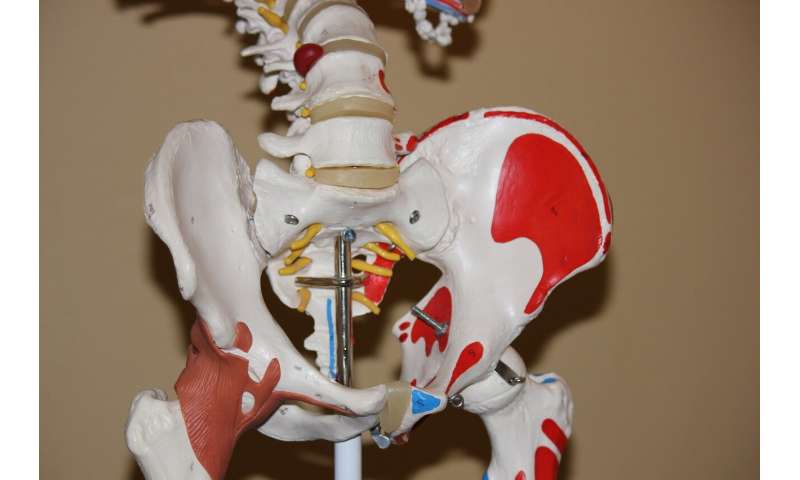
Hip fractures are one of the leading causes of hospitalization among older adults and are a strong predictor of mortality. There has been a steady and substantial decline in the incidence of hip fractures in the last four decades in much of the developed world including the USA, Canada, Europe, Australia, New Zealand, Hong Kong and Taiwan. The reason for this trend is a medical mystery.
A new hypothesis by University of Toronto Professor Esme Fuller-Thomson, recently published as a letter to the editor in JAMA Internal Medicine, proposes that the declining hip fracture rates may be a result of generational differences in lifetime exposure to lead. Recent University of Toronto MSW graduate, Amy P. Munro, co-authored the article.
“Bone mineral density is much lower in people and animals who have been exposed to lead,” says Fuller Thomson, director of the Institute of Life Course and Aging and professor at the Factor-Inwentash Faculty of Social Work. “People are aware of the strong link between lead exposure and lower IQ in children, but it is not as well known that 90% of the lead in one’s body is stored in bone and teeth.”
The burning of leaded gasoline in automobiles between the 1920s and 1970s resulted in high levels of lead exposure throughout the Western world. After the phase out of lead in gasoline began in 1973, levels of lead in the blood of children and adults plummeted.
“When I was a child in the 1970s, blood lead levels were 15 times higher than they are today,” says Fuller-Thomson, who is also cross appointed with U of T’s Department of Family & Community Medicine.
“More than 99% of North American children had blood lead levels above five micrograms per deciliter 45 years ago. The levels that were ‘normal’ at that time would be classified as a huge public health crisis today. For comparison, during the recent Flint Michigan water crisis of 2014, 5% of the children had blood lead levels above 5 micrograms per deciliter.”
Both human and animal studies suggest a link between lead exposure and lower bone mineral density. Low bone mineral density increases the risk of fracture. Studies have also shown a higher incidence of hip fractures among those living close to freeways and among those with greater exposure to traffic related pollution.
Although blood lead levels declined quickly during the late 1970s and the 1980s, the lead stored in the bone remains for many decades. Therefore, bone lead levels reflect lifetime exposure to lead pollution. Older adults born before 1925 had double the lead in their bones in comparison to those born between 1936 and 1945, and five-times the level of those born between 1965 and 1982. The authors hypothesize that each successive cohort of older adults have had less cumulative exposure to lead and that this results in a lower bone lead burden and decreased risk of fractures.
There are other plausible explanations for the improving trends in the incidence of hip fracture, including decreases during the past fifty years in the prevalence of very low body mass index, smoking and heavy drinking. However, a recent analysis of the Framingham study took into account the ‘usual suspects’ for hip fracture including low body mass index, smoking, drinking, early-onset menopause, older age and female sex and still found a 3.2% per year decline in hip fractures among those who have never smoked. Both men and women have shown improvements in hip fractures across time, suggesting hormone replacement therapy is unlikely to explain the observed trend.
The authors suggest that next steps to assess the validity of this hypothesis could include: comparing 1990s assessment of blood lead levels to current Medicare records of hip fractures, assessing lead levels in bones that are removed during hip replacements, and examining whether those who have particular gene variants associated with higher lead uptake are at great risk of hip fracture.
Source: Read Full Article